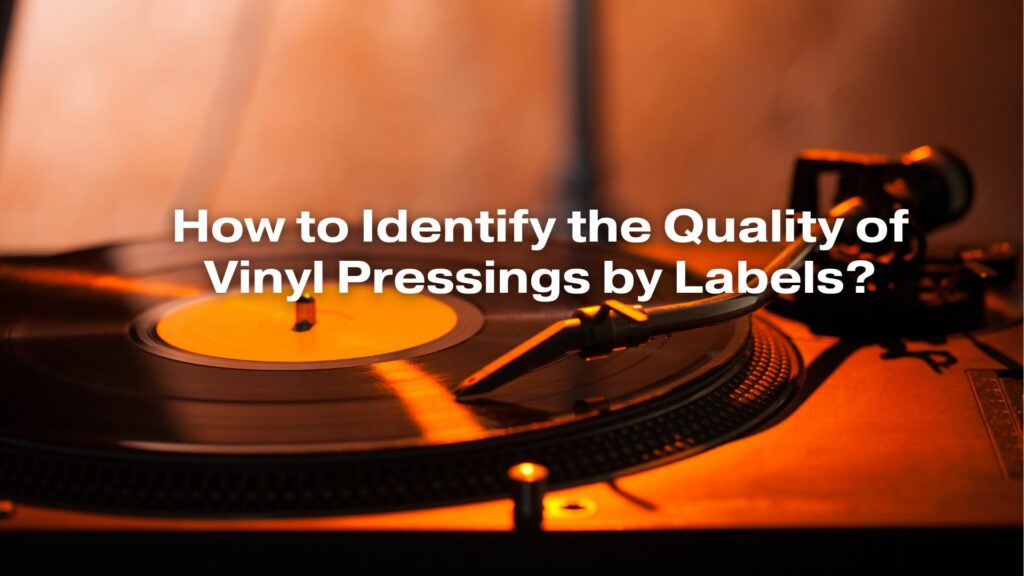Identifying the quality of vinyl pressings by labels can be challenging, as the label alone doesn’t always guarantee a high-quality pressing. The quality of a vinyl record is influenced by various factors, including mastering, pressing, and the condition of the original source. However, there are some general guidelines you can use to help assess the potential quality of a vinyl pressing based on the label:
1. Research Label History:
- Research the history and reputation of the record label. Some labels, like Mobile Fidelity Sound Lab (MFSL) or Analogue Productions, are known for their commitment to high-quality vinyl pressings.
2. Audiophile Labels:
- Look for audiophile or premium labels that specialize in high-quality vinyl releases. These labels often focus on meticulous mastering, pressing, and packaging. Examples include Rhino Records (for reissues), Sundazed, and Music Matters Jazz.
3. Limited Editions:
- Limited edition releases, such as numbered or colored vinyl, often indicate a label’s dedication to providing a unique and high-quality product.
4. Mastering and Cutting:
- Check for information on the mastering and cutting process. Some labels provide details about the mastering engineer, which can give you insight into the care taken with the audio quality.
5. Country of Origin:
- The country where a record is pressed can sometimes affect quality. For instance, records pressed in Japan, Germany, or the United States are often considered to have higher quality control compared to some other countries.
6. Catalog Numbers:
- Familiarize yourself with the catalog numbers used by the label. Some labels may have specific series or numbering for audiophile or premium releases.
7. Reviews and Recommendations:
- Read reviews and recommendations from trusted sources, such as audiophile websites, forums, and music magazines. Experienced collectors and enthusiasts often share their insights about the quality of specific pressings.
8. Vintage Labels:
- Some vintage labels from the mid-20th century, such as Blue Note for jazz or Motown for soul and R&B, are associated with high-quality recordings and pressings. Collectors often seek out original releases from these labels.
9. Condition of the Vinyl:
- Examine the condition of the vinyl and the packaging. A well-kept record with clean, flat vinyl and a well-preserved sleeve is more likely to be a quality pressing.
10. Reissues and Remasters:
- Labels that specialize in reissues and remasters often invest in restoring and improving the audio quality of older recordings. Check for reissue labels known for their high standards.
It’s important to note that even reputable labels may have both high and low-quality pressings, so it’s not a guaranteed indicator of quality. Additionally, personal preferences play a significant role in what one considers a quality pressing. Some collectors may prefer the warmth of vintage vinyl, while others may appreciate the clarity of modern audiophile releases.
In the end, a combination of label research, reviews, and personal listening experience will be your best guide to identifying high-quality vinyl pressings.


